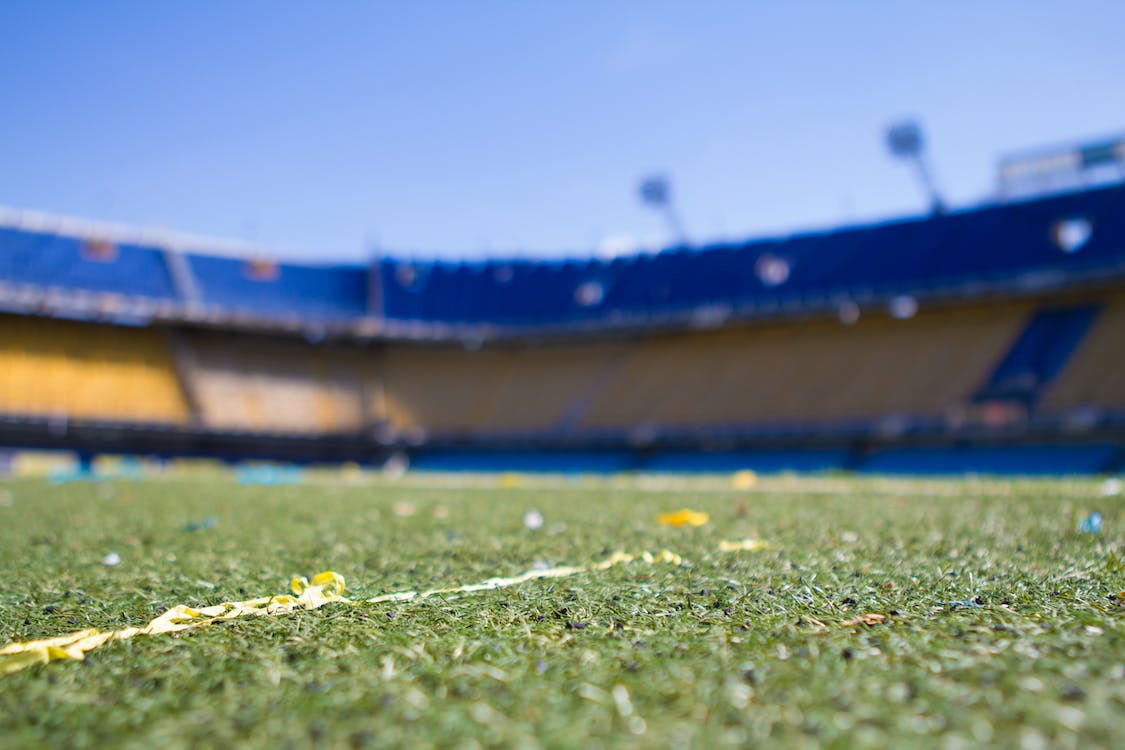Sports activities encourage patience and understanding amongst toddlers. It serves as a channel to teach them how to control their emotions, especially during playful and competitive sports activities. Children who are encouraged to spend more time outdoors are more likely to develop active lifestyles that have plenty of physical health benefits when they grow up.
Aside from motor skills and social skills development, physically active children have reduced the risk of obesity and increased cardiovascular fitness. But the burning question is when is the right time to introduce sports to your children. It has undoubtedly many benefits but introducing them too late or too early might not give you the results you are hoping for.
Sports Readiness
Sports readiness is the term used to describe the phase of physical, mental, and social readiness that a child needs to participate actively in different sports activities. Everybody matures at their own rate, and it is crucial that parents remember that one kid is not necessarily developing at the same pace as their other.
Age Brackets
It is important to note that children develop at different rates. Forcing your child to participate in a sport that he or she is not physically, mentally, or socially capable of handling might rub them in the wrong way. However, there are a few age brackets that you can look out for to see if your kids are sports-ready.
2 to 5 years old
Kids below six years old usually do not have the fundamental motor skills required to participate in organized sports. However, it is the perfect time to introduce them to physical activities that hones their muscular strength and abilities.
By the time your toddler reaches two, he or she should be either crawling or walking all over the house with much energy. Take advantage of their high energy levels and teach them how to run, swim, throw, and catch. If you have the luxury of time, you can teach them basic skills by playing tag or basic ball games in your backyard.
6 to 9 years old
At six years old, they should already have sufficient motor skills to process simple to complex rules and regulations in organized sports like soccer, baseball, tennis, intermediate swimming, martial arts, and many more. These activities can help enhance their hand-eye coordination, competitive spirit, reaction time, and decision-making skills.
However, be careful when introducing your kids to competitive sports. You can start by teaching them how to enjoy and learn rather than win. At Iron City Showdown, they believe that kids can learn the spirit of teamwork and develop friendships through ball games. Let them play with some of their friends or take time to focus on their development.
10 to 12 years old
Puberty usually starts at this time, especially for girls. Nonetheless, engaging them in more complex sports activities puts their mind off hormonal changes and random mood swings. It is the perfect time to utilize their developed motor skills and cognitive abilities to participate competitively in sports that require teamwork, cooperation, and strategic thinking.
However, you must watch their behavior when participating in competitive activities. You should still teach your kids camaraderie, respect, and good sportsmanship over anything. Competitions were made to encourage children to do their best. Losing a contest should not make them feel inferior or insecure.
Organized Sports
Catching and throwing balls, running around, and swimming are some of the most basic physical activities that you can teach your child at a tender age. Since they have yet to develop the essential motor and cognitive abilities to understand team and skill organization. But once they have developed a handful of skills, it is time to advance to organized sports.
Organized sports teach kids how to combine their acquired basic skills to participate in rule-oriented activities such as basketball, soccer, baseball, and many more. These sports activities teach them how to throw or kick and catch a ball while running. It also instills decision-making abilities, especially during competitive sports.
Choosing A Sport
Figuring out which sport is best for your child can be tricky, especially if you are dealing with a quiet toddler. However, if you pay enough attention, you can recognize which basic physical activities give them a hard time and which ones are relatively enjoyable for them. Focus on what sports activities while giving them the freedom to hone their other skills. Be sure to check out https://www.teamcarlo.com.au/ as well.
You can make friendly competitive sports fun and experimental if you switch the roles around. For instance, if your kid is usually the catcher, you can ask them to be a fielder during the second round. Games should be a leisure activity, so avoid imposing strict rules and regulations that will make sports training seem like a chore.
Discipline is important and honed during routine physical activities. However, it is crucial to know that you can try to help them develop these values later on. The most important part of getting your child engaged in physical activities is to make sure that they are enjoying it first. Encourage them to experiment with other sports to see what they like and which skills benefit them most.

